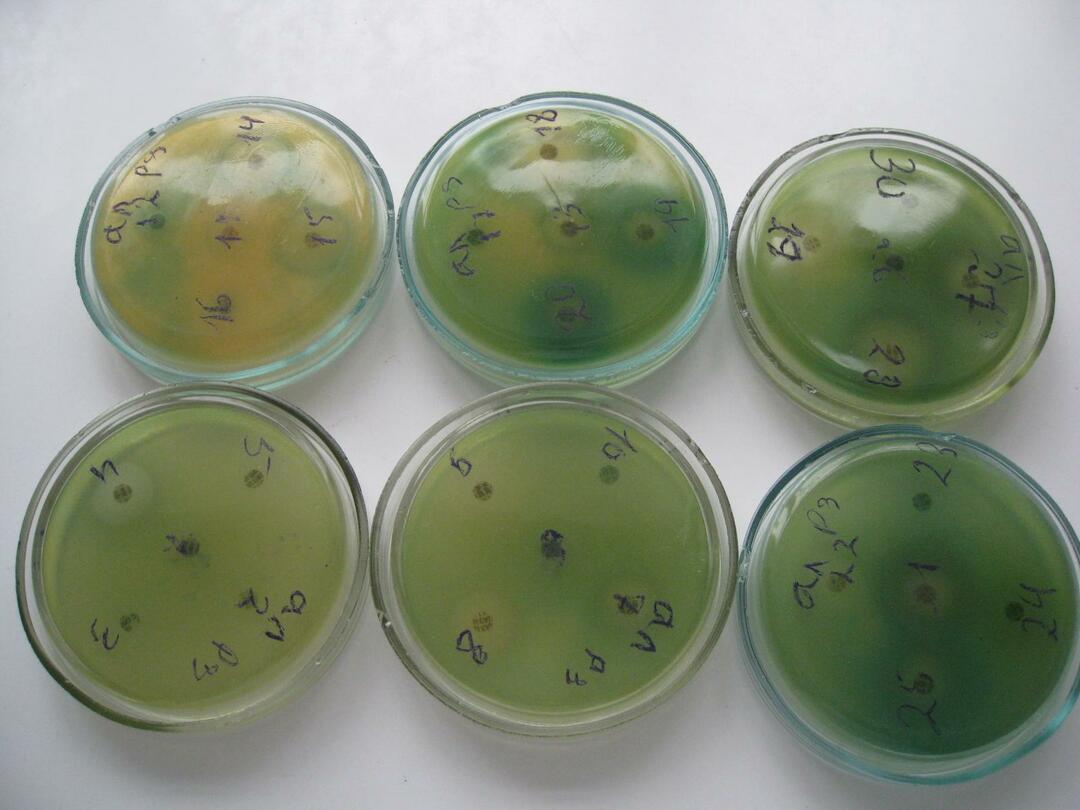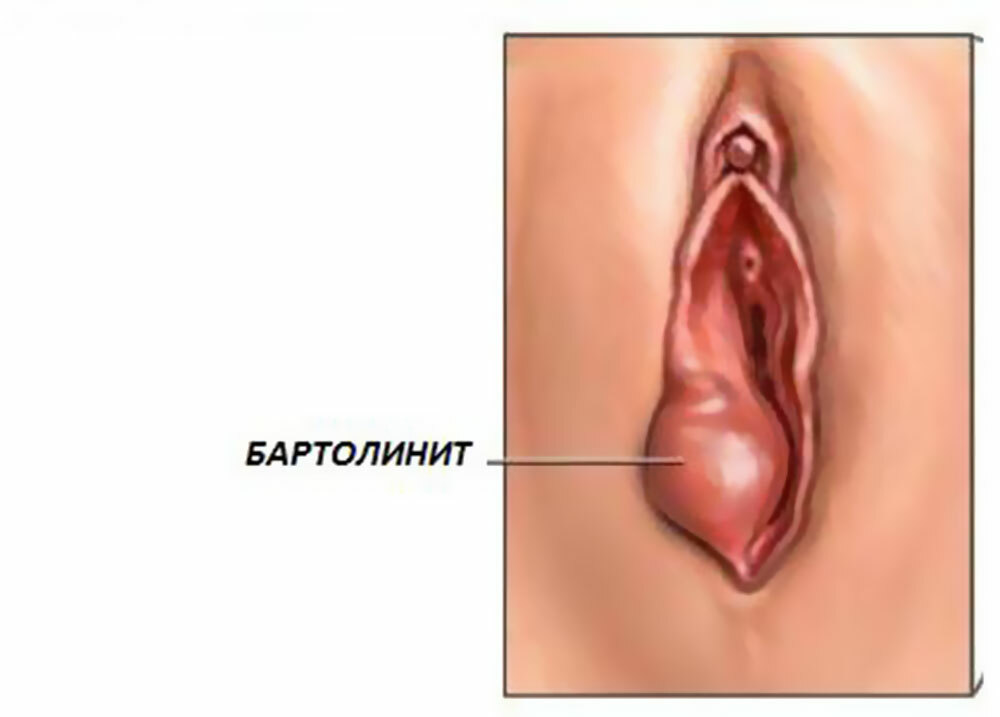Treatment of hematoma on the face

Hematomas on the face - this is a fairly common phenomenon. Hematoma is the accumulation of blood in any part of the face, limited in volume. Such damage is sometimes called a blood tumor. Before the formation of a hematoma, for example, after a stroke, there is a hemorrhage, which occurs in most cases when the blood vessels are ruptured. Hematomas on the face can reach quite large sizes. This is due to the large number of blood vessels in the face area, as well as the presence of fatty tissue located under the skin in the form of a loose and thick layer. In some cases, hematomas formed in the face area can extend to the décolleté zone, the neck, the scalp. In some cases, the mucous membrane of the nasal and oral area, the tongue, is affected.
Treatment of a complex hematoma on the face
When forming a bruise on the face, including on the forehead, with a strong impact, it is recommended to seek the advice of specialists to exclude the occurrence of craniocerebral trauma. This is especially true for children. When the hematoma has an impressive size, for a long period of time it does not resolve or its suppuration took place, then one can not do without a visit to the doctor. The fact is that in the immediate vicinity is the brain, so there may be complications, for example, suppuration can lead to sepsis.
With hematomas on the face of large sizes, liquid blood is often sucked off with a puncture, after the appropriate treatment is prescribed. In the case of suppuration, specialists carry out a special operation to remove the focus of infection, establish drainage, prescribe antibiotics. When the bruises on the face do not resolve for a long time, in some cases repeated punctures are performed when penicillin is introduced into the cavity of the hematoma.
Sometimes in the process of resorption of the hematoma in a person raises the temperature, there is a general malaise. Sometimes an inflammation is joined by an infection. Sometimes it can cause sick teeth. A high rise in temperature with signs of an abscess is accompanied by suppuration of the hematoma. In this case, an incision is made, the contents are removed and the open wound is treated.
Treatment of a small bruise on the face
Hematoma on the face passes faster than on other parts of the body. In order to quickly get rid of this problem on the face, you have to do some manipulations with the cold right after the bruise. Take ice from the freezer, wrap it in a clean cloth and attach to the site of the damaged part of the face for 20 minutes. Then wait an hour and a half and apply ice again to the hematoma. The effect of this method is that under the influence of cold, the blood vessels contract and the lower amount of blood gets under the skin.
But not only the cold can quickly eliminate the hematoma, it can do heat. This requires special warm gadgets. In this case, the reverse effect acts, since the heat expands the blood vessels. As a consequence, the blood is transported more quickly from the injury site. Attached to the site of injury, a hot water bottle will help reduce bruising. Keep the hot water bottle in place of bruise should not be longer than 15 minutes. These manipulations should be carried out three times a day. It is necessary to know that heat can not be applied immediately after an injury, as tissue swelling will occur, as a result of which the hematoma will only increase.
There are many ways to treat hematoma on the face with the help of folk recipes. Often people use a fresh-water sponge. You can find it in pharmacies in the form of a powder, which needs to be diluted, then applied to a sore spot. You can buy a ready-made cream, which includes a body sponge. Often folk healers, to reduce hematoma, recommend arnica. It can be used inside and outside. But this should be done carefully.
Hematoma on the face helps to remove the cream, which contain vitamin K. Under the influence of creams, blood accumulated under the skin, gradually dissolves and the hematoma disappears. After the bruise immediately apply the cream to the damaged area. Repeat this procedure twice a day.
A harmless bruise should completely "dissolve" after a while. During this time he will change many shades - from red-blue to yellow-green. If the "rainbow effect" is not observed, then do not hesitate to contact a specialist. Persistent redness and swelling may well indicate infection.



